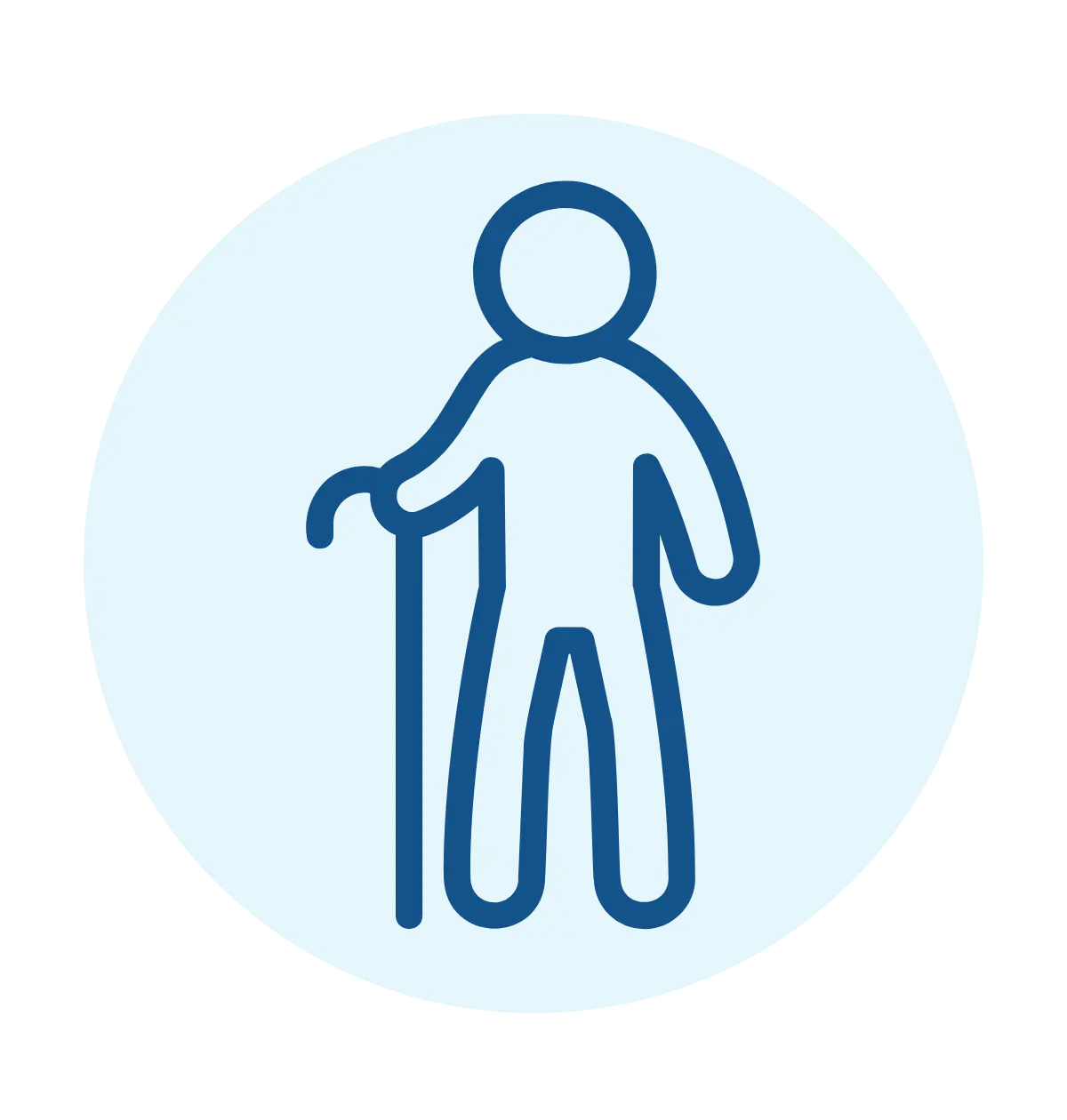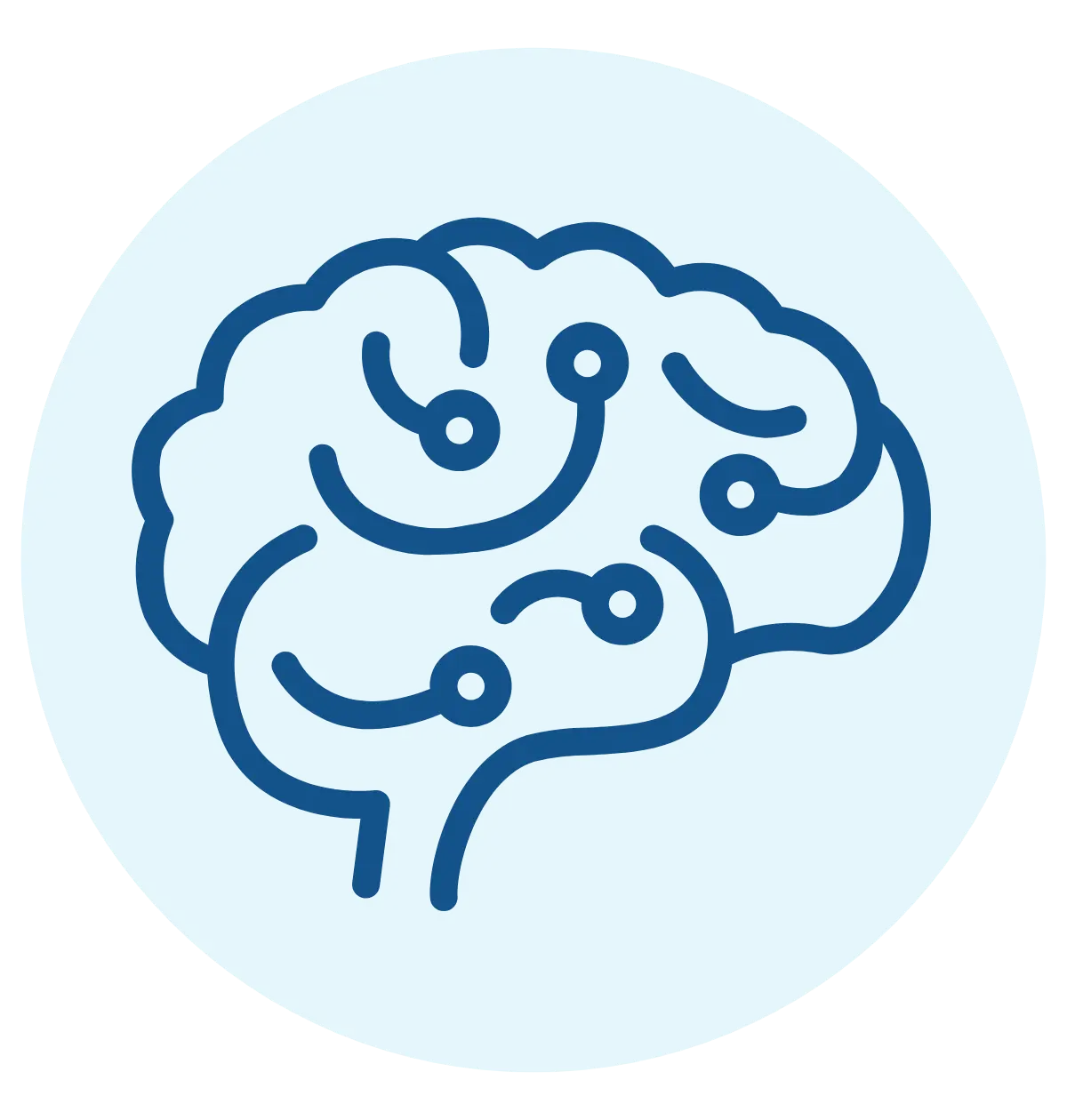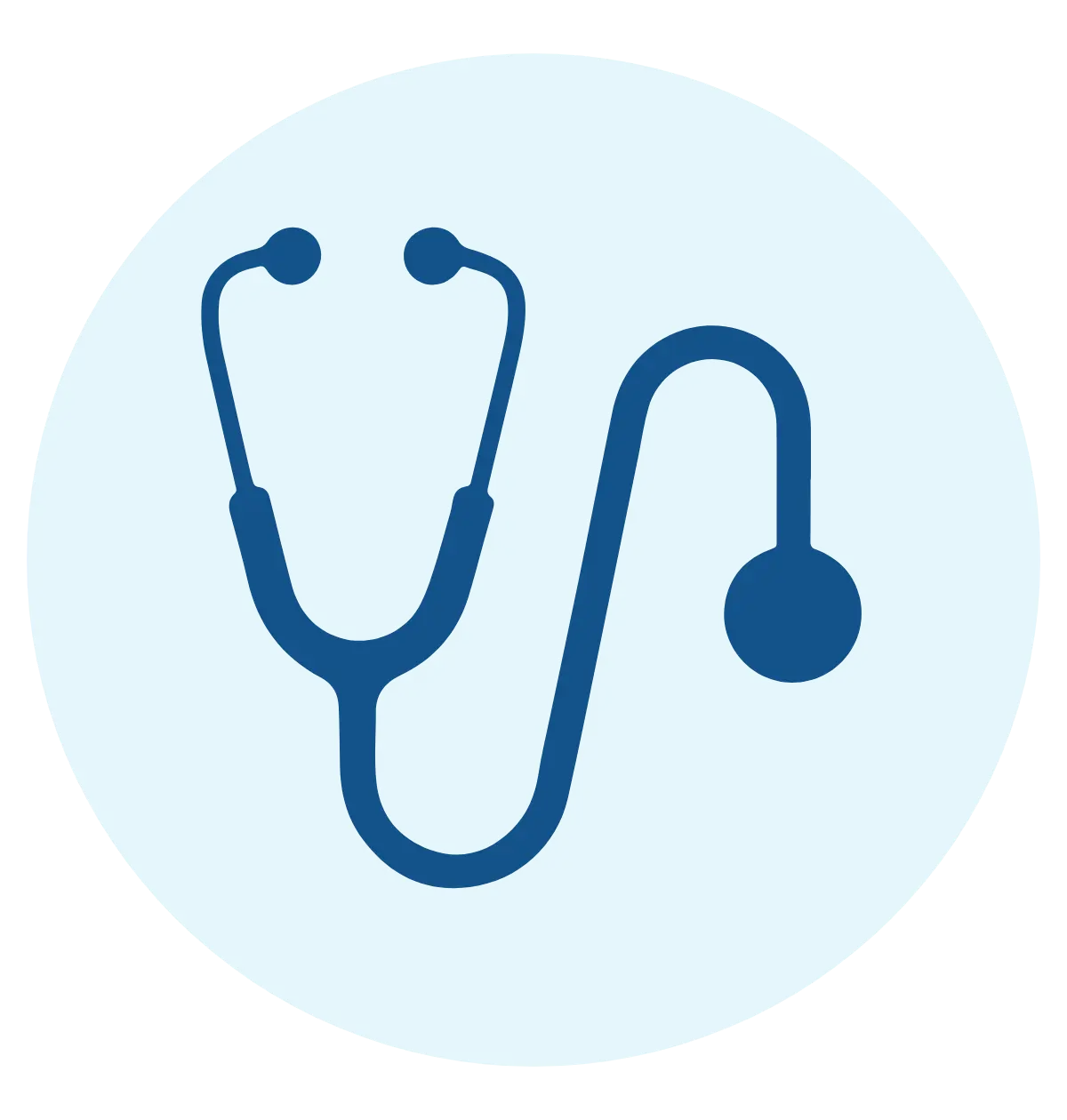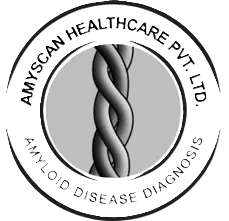Signs and Symptoms

IN THIS SECTION
About Parkinson’s
Signs and Symptoms
Parkinson’s disease affects each person differently, but it often begins subtly. Recognizing the signs early — both movement-related and otherwise — can help with timely diagnosis, better symptom management, and improved quality of life. While many people associate Parkinson’s with tremors, there are numerous symptoms that may appear well before visible motor changes.

Motor Symptoms
Motor symptoms are those that affect how the body moves. These are often the most noticeable and are typically used in diagnosing Parkinson’s.
Tremor
A rhythmic shaking, most commonly in the hands, fingers, or chin, especially at rest. It often starts on one side of the body.
Bradykinesia (Slowness of Movement)
Everyday tasks such as walking, buttoning clothes, or brushing teeth may take longer than usual. Movements become smaller and slower over time.
Muscle Rigidity
Stiffness in the limbs or trunk that may be painful or limit the range of motion. This can make walking or turning difficult.
Postural Instability
Impaired balance and coordination. People may become more prone to falls, especially in later stages.
Changes in Gait
Steps may become shorter, and the arms may swing less while walking. A “shuffling” walk is common.
Facial Masking
Reduced facial expressions or a “blank” look due to decreased unconscious facial muscle movement.

Non- Motor Symptoms
Non-motor symptoms often appear years before motor symptoms and are just as important in recognizing Parkinson’s.
Cognitive and Mental Health
- Memory problems or slower thinking (bradyphrenia)
- Difficulty concentrating
- Depression and anxiety
- Apathy or loss of motivation
Sleep-Related Changes
- REM sleep behavior disorder (RBD): Acting out dreams
- Insomnia or fragmented sleep
- Excessive daytime sleepines
Autonomic Dysfunction
- Constipation
- Urinary urgency or frequency
- Low blood pressure when standing (orthostatic hypotension)
Sensory Symptoms
- Loss of smell (anosmia): Often one of the earliest signs
- Pain or tingling sensations
- Blurred or double vision (less common)

Subtle and Early Signs to Watch For
Some symptoms can appear long before a diagnosis is made. These are often overlooked or misattributed:
- Smaller handwriting than usual (micrographia)
- Softer speech
- Loss of sense of smell
- Constipation or sleep issues
- Less swinging of one arm while walking
- Mood changes like anxiety or depression
Recognizing these early signs may help in taking proactive steps toward diagnosis and care.

When to See a Doctor
If you or someone you know is experiencing several of these symptoms — especially on one side of the body — it may be worth consulting a neurologist. Early diagnosis gives more options for treatment, lifestyle changes, and planning ahead.

Why This Matters
Early signs can be easy to miss, but timely detection can lead to better outcomes in managing diseases.
Read next: Learn how our test aims to support accurate diagnosis of Parkinson’s
Disclaimer
The information provided on this website is for general knowledge and educational purposes only. It is not intended to replace medical advice, diagnosis, or treatment. If you are experiencing symptoms that may be related to Parkinson’s disease, please consult a qualified healthcare professional.
